From HVAC to PV: Valley Ref rides Atlantic Canada’s solar surge
New Brunswick solar installer Valley Ref grows with rebates, microinverters, and fast permitting
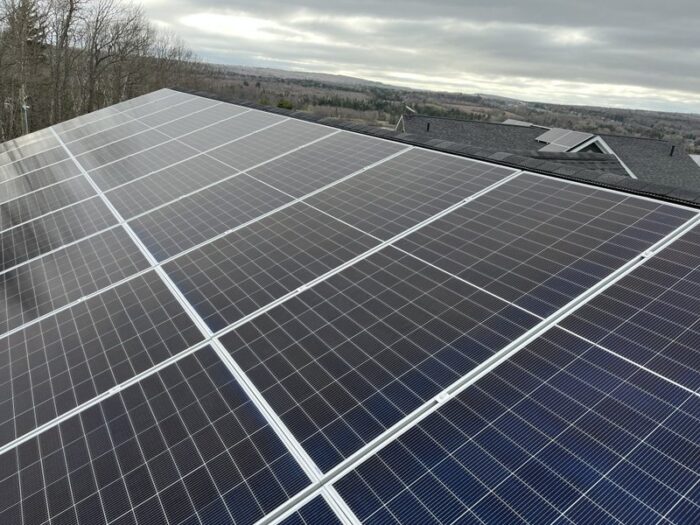
For years, Valley Ref was known in New Brunswick for keeping homes warm in the winter and cool in the summer. Now, thanks to a surge of federal and provincial incentives, the HVAC veteran (Ref being short for refrigeration) has built a 200-technician solar network serving residential and commercial customers across Atlantic Canada.
Solar is poised to expand in Canada thanks to various government rebates, grants and tax credits. The federal Clean Technology Investment Tax Credit of 30% is really opening up the C&I solar market, and the Canada Greener Homes Loan offers up to CDN$40,000 interest free for 10 years. It has helped over 115,000 households in Canada since late 2022.
Provinces support solar as well. New Brunswick provincial incentives include a rebate of CDN$200 per kilowatt, for a total of up to $3,000 off the cost of a residential system. The Total Home Energy Savings Program from NB Power offers incentives for solar PV installations based on the gross installed capacity, with a minimum capacity of 1 kW and a maximum incentive for 15 kW, the utility says.
“New Brunswick has been just getting on board for solar in the last few years, but now it’s got pretty good buzz; it’s really taken off,” reckons Luke Dukeshire, lead for business development at Jacksonville, NB-based Valley Ref’s. “It’s very, very, bright in New Brunswick for solar.”
Indeed, New Brunswick is expanding its solar capacity five-fold. The province plans to add 200 MW of grid-scale solar power by 2035, and an additional 300 MW of behind-the-meter solar, according to an AI profile. Currently, New Brunswick has less than 0.4 GW of installed capacity. The largest solar farm in the province is the 1.63 MW Shediac Community Solar Farm, which was commissioned in February 2023, according to Canada.ca.
Thus far, Valley Ref has been about 50/50 between residential and C&I, and now utilizes a network of over 200 technicians across its region of operation. The company is especially bullish on solar in Atlantic Canada, including New Brunswick, Nova Scotia, Prince Edward Island and Newfoundland.
Painless permitting
The take-off in solar in New Brunswick has taken place with a hassle-free permitting process, Dukeshire notes. “In New Brunswick, it isn’t bad at all to get a solar permit from our local jurisdiction; it’s just like a building permit. It was just as easy as filling out a form and giving them some money,” he says.
“I did have an issue with wanting to change one of the products I was using because it wasn’t available, so I made a change. It wasn’t a problem. It took a little bit of time, but it was pretty painless,” Dukeshire says.
Similarly, New Brunswick Power expedites grid interconnections, Dukeshire says. “There’s a grid tie application to NB Power, in which we just submit a design, shop drawings, and your submittals of whatever products you plan to use, and they’ll get back to you in 14 days. They actually got back to me on this residential project within five days, approved.”
Maximizing business with microinverters
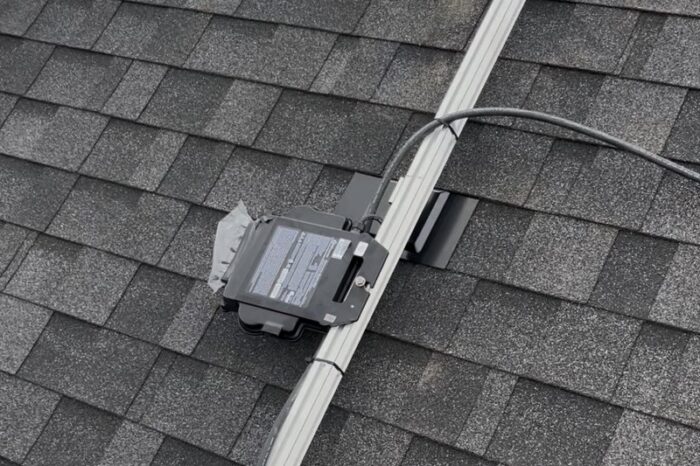
Weather is a force to be reckoned with across Canada, where solar + storage installers face extremes. Ranging from a blistering sun to a meter of snow, the conditions dictate careful consideration of installation design. One key choice for weather-impacted equipment is between microinverters and string inverters.
Newer to the solar game, Valley Ref gravitated to microinverters. “The biggest reasons we chose the micro inverters over a string inverter were panel-level optimization and monitoring,” said Dukeshire, specifically APsystems. “Our electricians liked the fact that we were able to convert to lower AC voltage — 120 volts vs 480 or 600 volts — right at the roof.”
One recent Valley Ref project example is a house and garage that included arrays facing three directions. “This project had arrays on two buildings with three different orientations; it’s nice to see the comparison between the southeast, the south and the west orientations.”
Microinverters also permit modular expansion of a system. “One good point about the microinverters is that if the customer gets an EV next year and they need to add on to their system, it’s pretty easy to slap six or 12 more panels on and tie it into their electrical panel,” observed Dukeshire.
But do microinverters cost a lot more? “The cost difference between micros and string inverters is really marginal, but labor can vary,” Dukeshire noted. The ROI for the project will be relatively quick, in large part because the client’s monthly bill will drop from CDN$350 a month to CDN$45, the minimum monthly charge from NB Power.
“They will recoup the cost in approximately nine years, As the price of power goes up the brake-even time will decrease,” he said. Currently NB Power charges about 14 cents per kilowatt-hour.
What’s next in New Brunswick?
That low cost of electricity means that while the solar is growing rapidly from a small base, battery energy storage is a different story. “The payback for batteries is just not there at this point. It’s cost prohibitive,” Dukeshire says.
That situation may change with targeted government support. “New Brunswick has [only] about 1.25 MW of storage, but it has big plans for the future. New Brunswick’s new energy strategy includes a 12-year road map and supporting strategies for the province to meet national and international clean-energy transition targets. It aims to increase renewables five-fold by 2035, 0.1 GW of energy storage, and 0.3 GW of onsite (behind-the-meter) solar [storage], according to the Canadian Renewable Energy Association (CanREA).
One limit to solar and storage growth in NB may be the U.S. tariff regime. “We’ve been trying to keep a close eye on tariffs. “We got an email from a supplier that said, ‘Due to tariffs, once stock is depleted on this item, you’re going to see a 30% increase for such and such products,’” Dukeshire lamented.
“Because of the tariffs, the distributors will just burn out the rest of their stock and probably not reorder it, because it just doesn’t make sense to carry it at the higher price,” Dukeshire cautions.
For years, Valley Ref’s name was synonymous with furnaces and air conditioners. Now it’s tied just as tightly to solar arrays and microinverters. As New Brunswick and its Atlantic neighbors double down on clean energy goals, the company finds itself in the right place at the right time—with a deep bench of technicians, a straightforward permitting environment, and a regional market that’s finally catching fire. Whether batteries catch up to solar’s pace remains to be seen, but for Valley Ref, the shift from HVAC to PV has already become a defining part of its future.

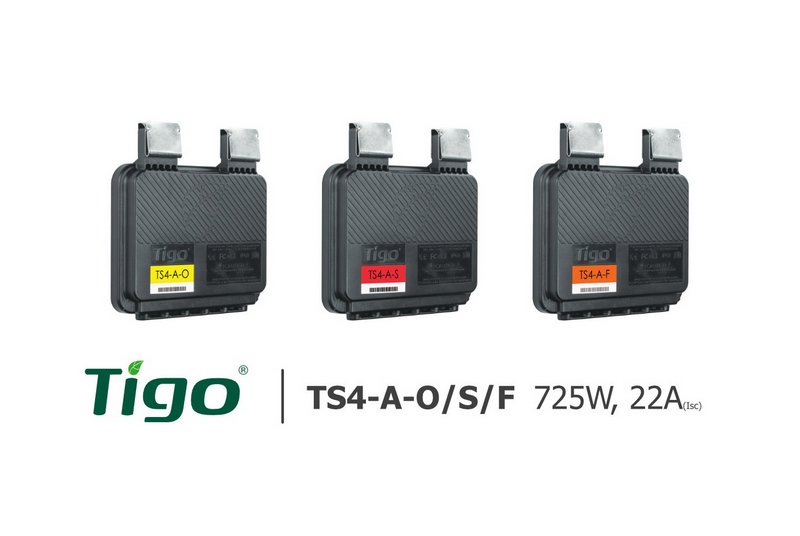
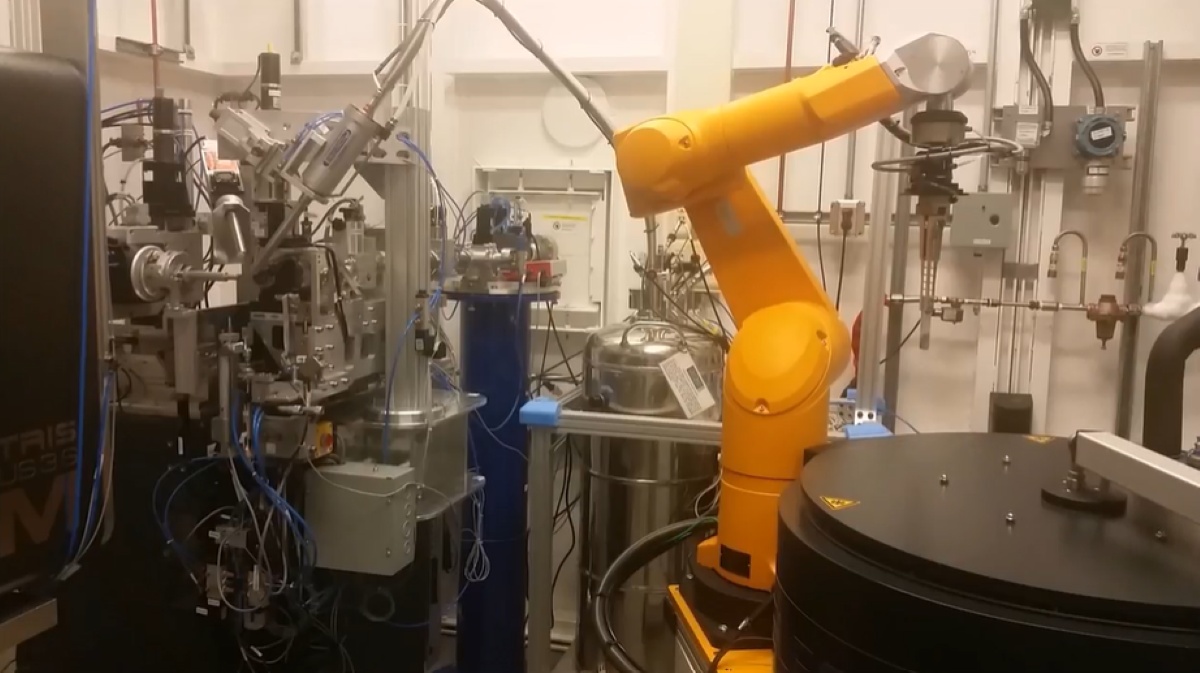
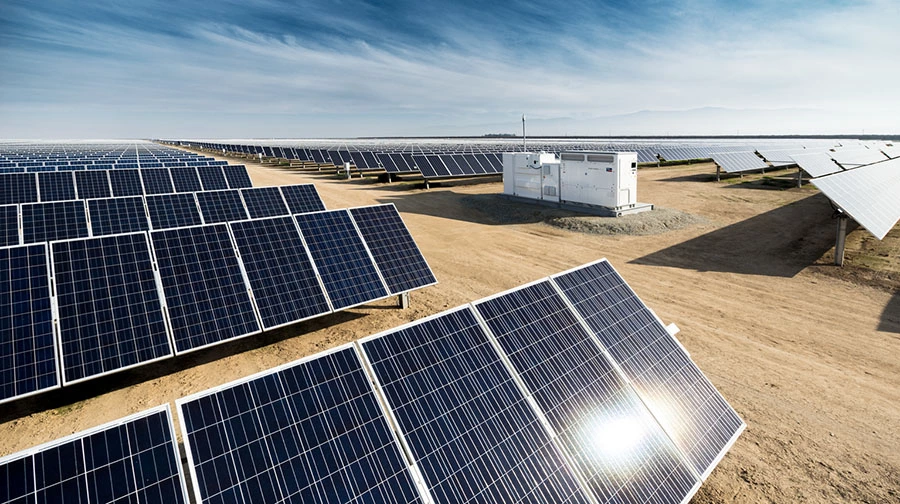

Comments are closed here.